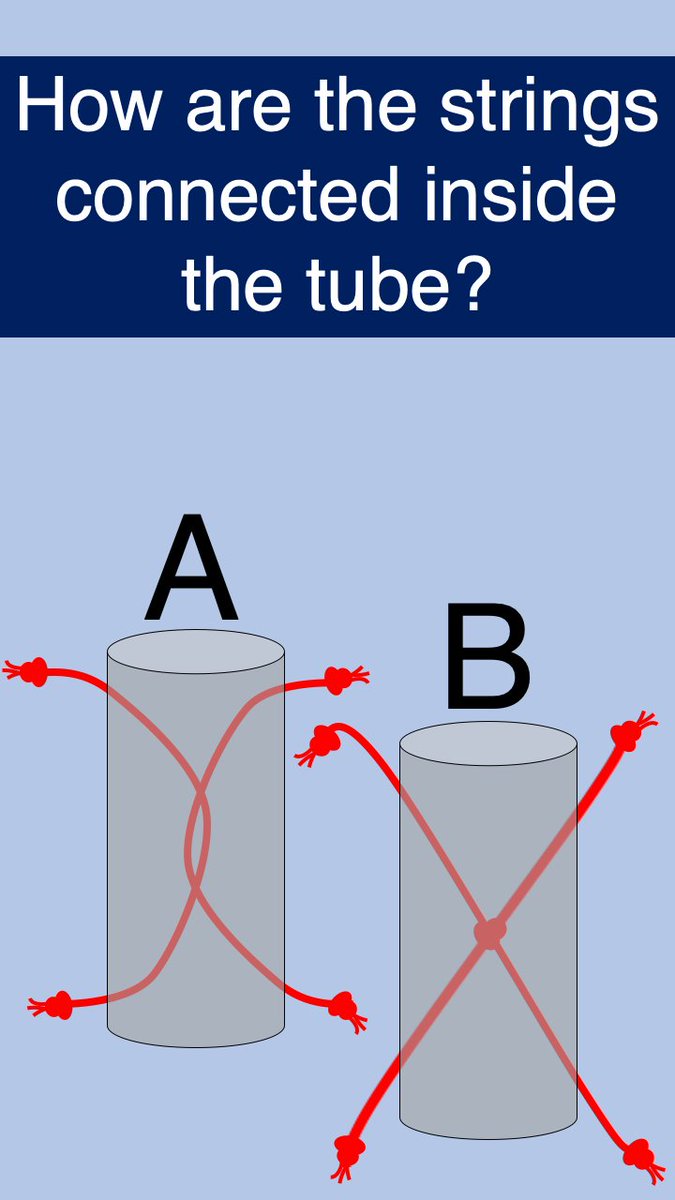Find out which particle best fits your personality, learn about the properties of elementary particles & share your result below: cern.ch/identities
In light of #COVID19 keep your spacetime distance - be a #fermion 😏
In light of #COVID19 keep your spacetime distance - be a #fermion 😏

To educators: read more about this activity and how to use it with your students on the #CERN #SCoolLAB website scoollab.web.cern.ch/particle-ident… 

#Bubblechambers are able to produce fascinating visualisations of particle tracks, but are no longer used @CERN. Therefore, why not get creative & share your homemade #bubblechamber #kitchenart 



Advanced: What’s the electric charge of the carrot? The spaghetti beam enters from the left & the magnetic field points out of the plate 🧐 

✂️ To educators: read more about bubble chambers and how to identify particle tracks with your students on the #CERN #SCoolLAB website: scoollab.web.cern.ch/bubble-chamber…
💥 Did you know that quarks love #confinement? Out of proton collisions in the LHC, showers of new quark particle systems (jets) are created.
🧩 To educators: play with quark #puzzle pieces and learn more about the rules that govern these particle systems on the CERN #SCoolLAB website: scoollab.web.cern.ch/quark-puzzle 

😔 Bored at home?
😁 Why not play a particle physics board game today?
😁 Why not play a particle physics board game today?
🎲 To educators: read more about this activity and how to use it with your students on the CERN #SCoolLAB website: scoollab.web.cern.ch/particle-physi… 

🏌️♀️ Tee it up, it’s your turn to play!
Scattering experiments are at the ♥ of particle physics.
In the video below, which scattering object is used first: ● or ⬥?
Scattering experiments are at the ♥ of particle physics.
In the video below, which scattering object is used first: ● or ⬥?
🔬 To educators: read more about scattering experiments and how to use them with your students on the CERN #SCoolLAB website: scoollab.web.cern.ch/scattering-exp… 

And if you want to understand what happens during a particle collision and how physicists analyse the pattern of scattered particles, you should watch the latest episode of the "Higgs Boson's Discovery Explained":
Yes, the answer was ●, the salad bowl!
Golf players: did @jeff_active has a proper stance for putting? 🤔
Golf players: did @jeff_active has a proper stance for putting? 🤔

Today, it’s your turn to solve some knotty physics with leftover 🧻 cardboard tubes. #ToiletPaperChallenge
🤔 Did you guess how are the strings connected inside the tube in the video above? (answer will be given later today)
✂️ To educators: you can find a lesson plan for the mystery tube activity @Perimeter institute. resources.perimeterinstitute.ca/products/the-b…
📦Or, if you prefer 3D-printable mystery boxes, you can find more information on the CERN #SCoolLAB website scoollab.web.cern.ch/3d-printable-m… 

Annoyed by the 🌞 while you are stuck inside? Today, it’s your turn to make a ☁️ in your kitchen.
💨 To educators: you can find more information on the CERN #SCoolLAB website: scoollab.web.cern.ch/states-of-matt… 

Did you know that the CLOUD experiment studies cloud formation at CERN?
Find out more: home.cern/science/experi…
Find out more: home.cern/science/experi…

• • •
Missing some Tweet in this thread? You can try to
force a refresh













